Hydrogen and natural gas (primarily methane) share some similarities in compression systems, but their differing physical and chemical properties demand fundamentally different designs. Understanding these distinctions is vital for engineers, manufacturers, and energy transition projects.
1. Molecular Size & Leak Dynamics
Hydrogen molecules are tiny (~2.02 g/mol) compared to methane (~16 g/mol), making hydrogen far more prone to leakage. Compression systems for hydrogen must use high-integrity seals and specialized valve and gasket materials to prevent microscopic gas escape
 2. Higher Sonic Speed & Pulsation Impact
2. Higher Sonic Speed & Pulsation Impact
Hydrogen’s low density and low molecular weight result in much higher sound speed, increasing pressure wave frequency by up to 3–4× compared to natural gas . This shift requires redesign of pulsation bottles and dampers to avoid resonance problems and vibration failures.
3. Extreme Pressure Ratios & Multi-Stage Compression
To reach storage pressures (e.g., 350–700 bar), hydrogen compressors must operate at higher tip speeds or in additional stages compared to natural gas systems, which typically see lower pressure ratios . This impacts mechanical design and rotating assembly.
4. Material Embrittlement & Safety Protocols
Hydrogen can penetrate and weaken metals—a phenomenon known as hydrogen embrittlement—leading to structural failures . Additionally, hydrogen is highly flammable over a wide range of air mixtures and has very low ignition energy, necessitating rigorous material selection and safety designs.
5. Oil-Free & Clean Compression
Hydrogen for fuel and energy use must be oil-free, as contamination risks damaging fuel cell systems. Hydrogen compressors typically use dry, oil-free reciprocating or diaphragm designs, unlike many natural gas compressors that may employ lubricated rotary or screw types .
6. Control & Telemetry Adaptation
Hydrogen systems leverage real-time monitoring and advanced controls to track temperature, leaks, and blade speeds—this is critical under high risk conditions. Natural gas systems, in contrast, typically require less real-time sensitivity due to lower sonic speeds and leak risks.
Comparison Summary
| Feature | Natural Gas Compressor | Hydrogen Compressor |
|---|---|---|
| Molecular weight | ~16 g/mol | ~2 g/mol |
| Leak risk | Moderate | High (microscopic permeability) |
| Pulsation frequency | Typical | 3–4× higher (design impacts) |
| Pressure ratio & stages | Moderate pressures (~20–100 bar) | Ultra-high pressures (350–700 bar) using multi-stage |
| Material & embrittlement risk | Lower | High (special alloy requirements) |
| Lubrication | Lubricated rotary/piston typical | Oil-free, diaphragm or dry-piston |
While hydrogen and natural gas compression share general principles, hydrogen’s unique properties—tiny molecules, high sonic speed, embrittlement risk, flammability, and purity demands—require specialized compressor designs, precision materials, and stringent safety controls. These differences are critical in the design, certification, and deployment of hydrogen infrastructure.
KEEPWIN Solutions
KEEPWIN delivers tailored hydrogen compression solutions featuring oil-free, leak-tight designs, high-grade alloys, advanced pulsation dampening, and full instrumentation for safety—including SCADA integration and condition monitoring. Our systems ensure reliable, clean, and safe hydrogen handling.

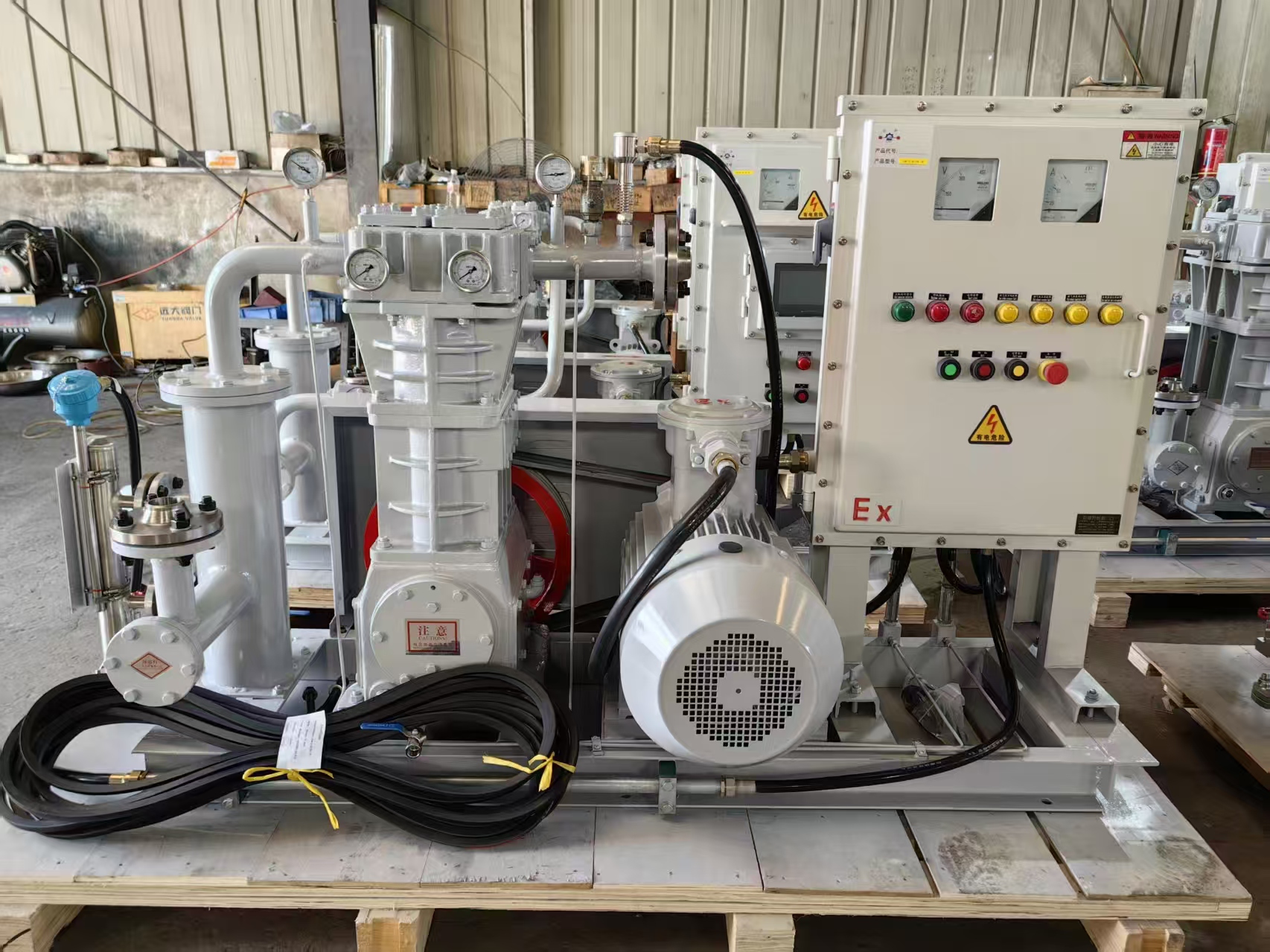
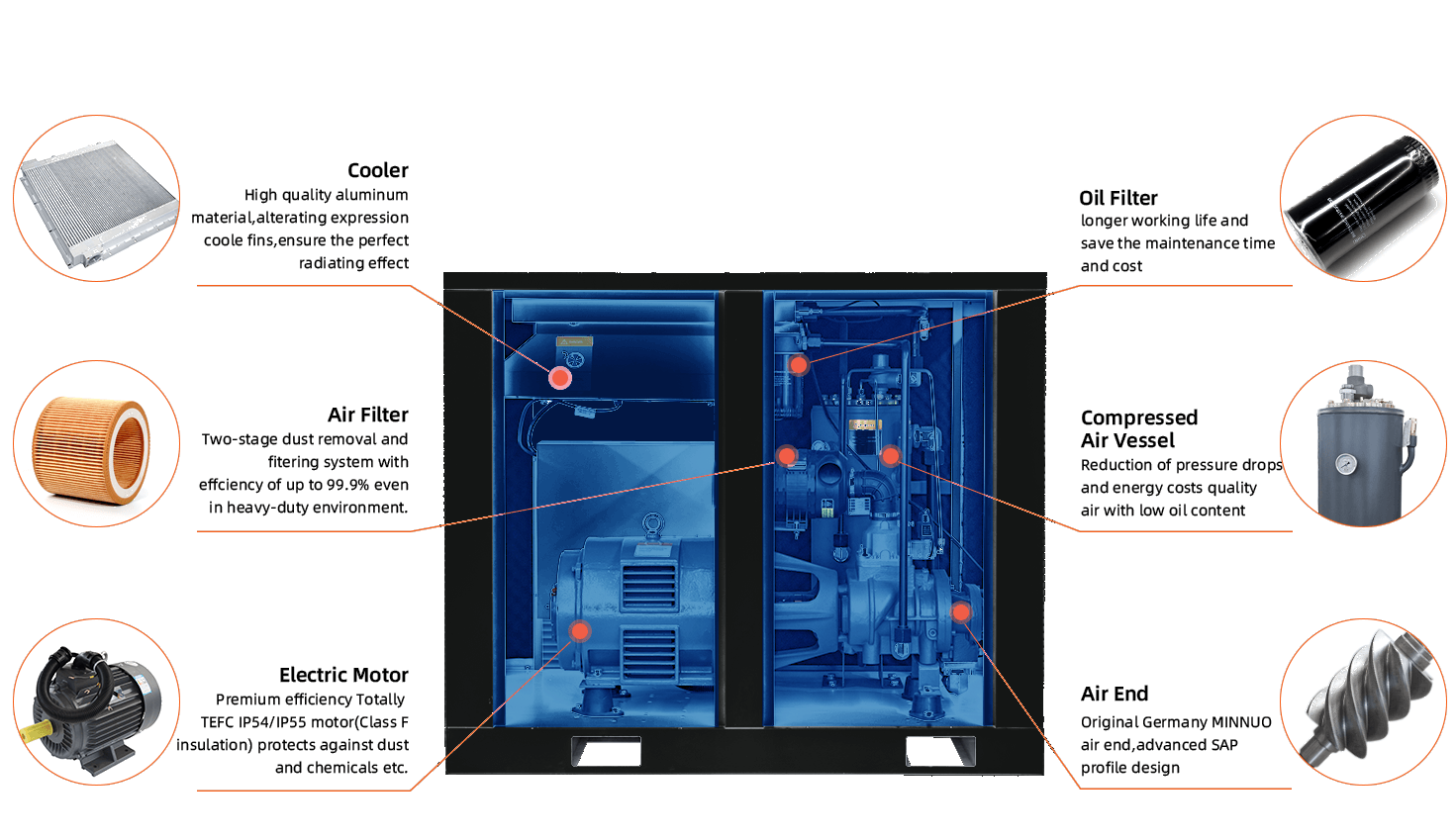
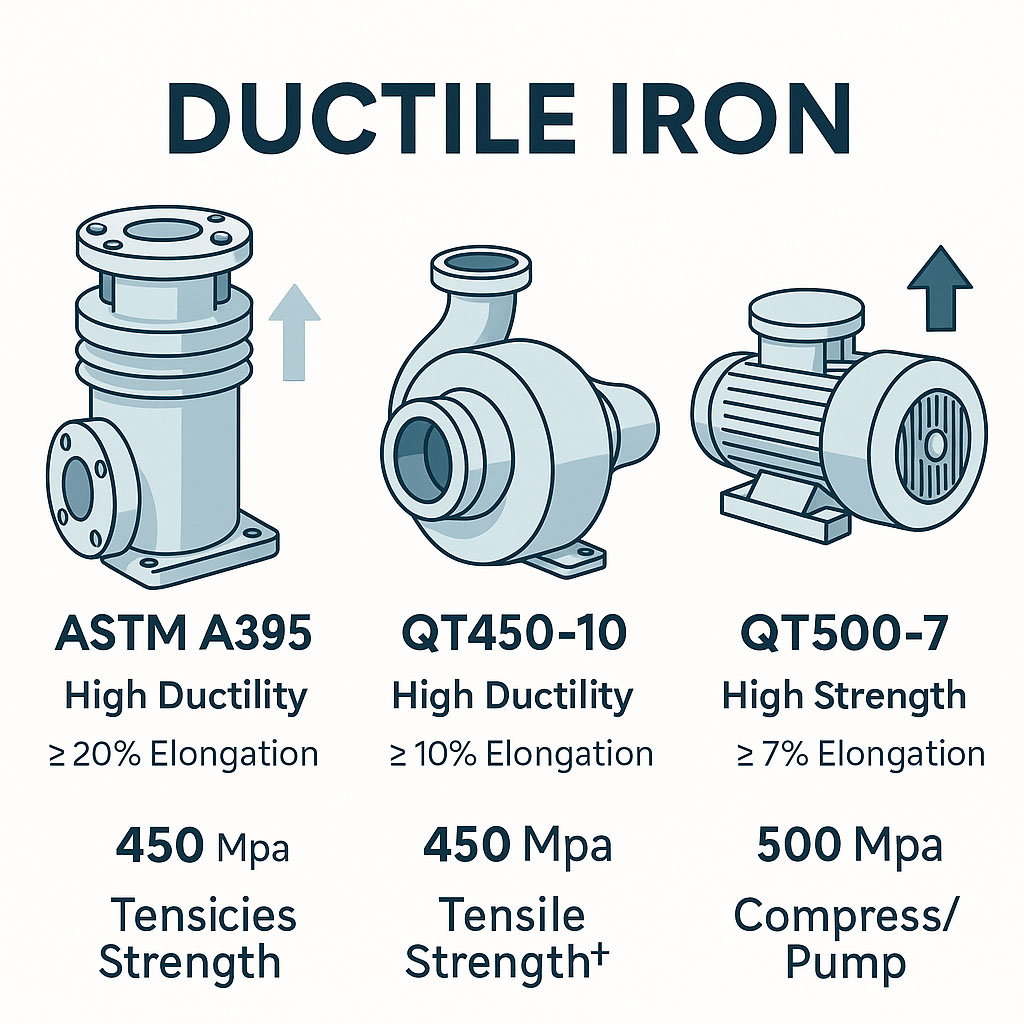






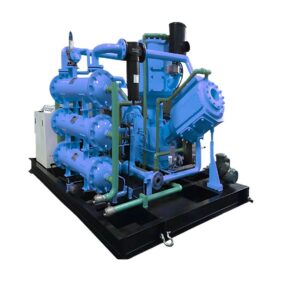
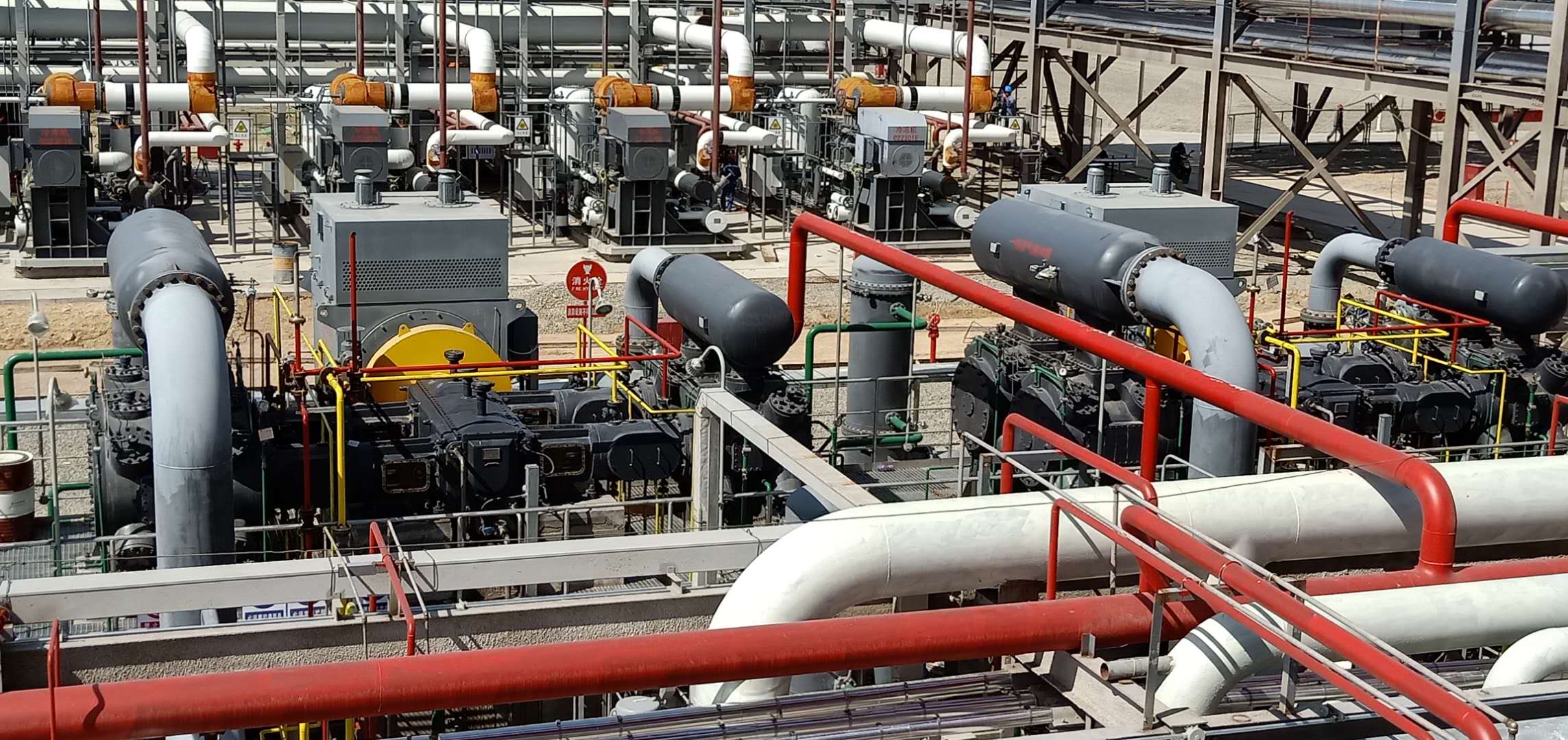 2. Higher Sonic Speed & Pulsation Impact
2. Higher Sonic Speed & Pulsation Impact